Have you ever try to put a big tab butter into a cup of tea? In the Himalayan region, this is the most common way to consume tea, and the local folks called it Po Cha, also known as Tibetan butter tea. The beverage with high calories gives the necessary energy for the living who lives in such a cold climate.
What Is Butter Tea
Scholars speculate that butter tea origin in Tibet, China. In a political marriage between the Tang Dynasty and Tubo Dynasty(Tibetan regime in ancient China) 1300 years ago, Princess Wencheng brought the tea and tea culture into Tibet. Tibetan was nomads at that time, milk and meat were their staple food, the bad natural environment, and the nomadism lifestyle make them lack of fresh vegetables and fruits. While tea can supply the nutrition facts they lack in their diet, it also helps digestion, which becomes the optimal beverage of Tibetan.
But at that time, tea still scarce. By the development of the Ancient Tea Horse Road, more tea, and Han Chinese inflow Tibet, tea became popular. At first, only green tea traded, which has a short shelf life, easy went bad in the far transportation. It is said that dark tea was invented by accident in the travel, which got a long shelf life, so it instead of the green tea and became the primary type of tea in Tibet.
Due to the bad environment, all the survival supplies were precious, so folks prefer to switch the milk and meat into a state that can be stored for a long time. Different from the typical tea brewing way, in Tibet, people making tea with butter, salt, and milk combine, that’s how butter tea comes. With high calorie, fat, and protein, butter provides enough energy for people labor, and against the cold.
How Traditional Way To Prepare Butter Tea
It is very complicated to make butter tea in the traditional Tibetan way. Herdsmen had to switch the milk into butter first. They heat the yak milk, then pour them into a high-big bucket called Chandong, a wooden churning device, churning the milk up and down with a stick for thousands of times. The lipid and water in milk separate gradually, lipid floats on the top. Then scoop up the yellow fat, put them into a leather bag for cooling down, make it became the butter. Nowadays, the electronic blender took the place of the Chandong, makes the job easier.
Due to the high altitude of the Himalayas, the boiling point of water is relatively low, and the tea making way is not the same as the general, it requires a long time to boil tea to extract the taste, dark tea is the best for this making way. Herdsman breaks the brick tea, put them into the boiling water, keep cooking for about half an hour or more, till the tea infusion turns dark and without a bitter taste, then filter the tea leaves. The tea infusion will put into the Chandong with butter and salt, and churning again until they mix intensive into milky.
After all, pour the tea into a pot and heat again, add fresh milk, stir, the traditional Tibetan butter tea serves. Even the ingredients are similar to milk tea, but they taste not the same. Different from the milk tea, it’s not friendly to the people who first try, you can use “rude” to describe the taste of butter tea, but keep drinking, you may fall in love with the taste. The experience is similar to the difference between cigar and cigarette.
Traditional Etiquette for Having Tibetan Yak Butter Tea
Tibetan life can’t live without butter tea, and their day begins with a bowl of butter tea, especially in traditional families, there is always a pot of tea heated on the fire. Butter tea in the Tibetan people’s mind is sacred, an essential thing of guesting and religious activities.
Guest in a Tibetan family, the host will serve butter tea, with a snack named Tsampa. Some local etiquettes may pay attention when enjoying butter tea.
The freshly made yak butter tea should be served to the Buddha niche first. Then the host will place a wooden bowl in front of you, serve the tea according to the age of guests, from old to young. You should not take the drink immediately, having a chat with the host for a while first. Until he stands in front of you with teapot again, that means the time begin to enjoy tea.
When having butter tea, never finish it at once. Blow a light breath on it and take a sip, then put the bowl back to the table. The host will refill it and never let it empty. That is it, having the butter tea, and Tsampa while chatting with the host, experience the ethnic customs of the roof of the world.
Once you want to stop drinking, just stop, and don’t think it will waste, because let the bowl empty and refuse to fill is not polite to the host. When you are ready to leave, take more sips, but left some behind, that means a benediction to the host, to bless them always have a surplus.
What Is Butter Tea Good For
You may ever try the bulletproof coffee, that a kind of coffee with butter. The inventor, Dave Asprey, got the idea from butter tea when he took the meditation practice in Tibet. He called this high calorie, fat diet as a bulletproof diet and it’s benefits to health. The theory is similar to the keto diet, achieve the aim of weight loss through ketosis.
Of course, most of the dietician take opposition issue with this diet therapy, also am I, a balanced diet is always the best.
So what is butter tea good for us?
Provide Vast Energy
The folks who live in the Himalayan region, the purpose they were having butter tea is against the extremely cold climate. The ingredients of the Tibetan butter is milk production from the yak, a kind of cow only lives in Himalaya plateau, which produces the milk contains more protein, fat, and cholesterol. All of these nutrition facts are what we refuse too much intake at ordinary, but they are what the plateau people need to keep living. The fluid food can digested and absorbed by the human body faster, switch to the energy and heat for against cold and working.
Besides, after having butter tea, some lipids will be left on the lip, preventing chapped lips.
Due to the different living environments, the vast energy is to support the vast physical consumption, so the Himalayan people will not get fat from drinking yak butter tea long-tern. To us, best to just take it as a snack but not a staple food like Tibetan.
Various Nutrition Facts Supplement
To nomadic people, fresh vegetables and fruits are very scarce. Eskimo, who lives in the polar region intake the vitamins and trace elements they need by eating raw meat, while the Tibetan through having butter tea.
Dark tea, which used to make butter tea, is a kind of post-fermentation tea. It is rich in tea polyphenols and various nutrients facts, such as vitamins and caffeine, as well as multiple probiotics produced by long time fermentation, to supplement the body’s needs.
Help Digestion
The tea polyphenols and caffeine in the true tea can stimulate the secretion of gastric, and the gastrointestinal peristalsis, to improve the digestive system, help digestion of food and absorption of nutrients better. And butter is full of fat, may lubricate your intestines, easier when poo-poo.
Weight Loss
The tea polyphenols and caffeine also help weight loss; that’s why people regarded tea as a healthy weight-loss beverage. But if you take the tea only, it will make you feel hungry soon because of the digestion helping benefits, which increase appetite.
But the tea with butter, the high calories make you feel satiety and not going to take more other food. The calories take the place of carbohydrates to provide human body energy, and less carbohydrate intake is help on weight loss. And that is the crucial view of ketogenic diet theory.
WARNING!
This is a highly controversial diet for losing weight in a short time, and it needs to control the nutrient intake precisely. Never try to make butter tea instead of the regular food without the guidance of dietitian, or it may cause irreversible harm to health otherwise.
Butter Tea Side Effect
Due to the different living environments, we cannot consume much butter tea just like the Tibetan people. Occasional drinking would not cause any severe side effects. But to some people, who got the disease following, should avoid taken or few:
- Heart Disease
- Hypertensive
- Diabetics
- Obesity
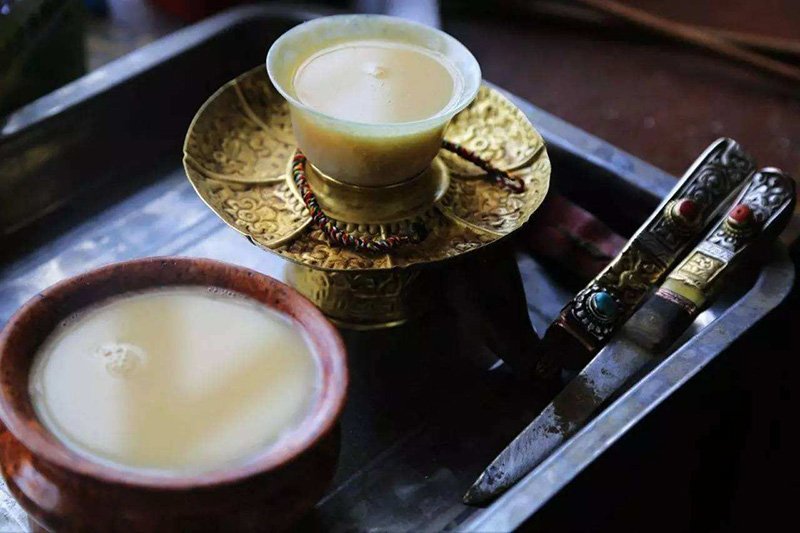
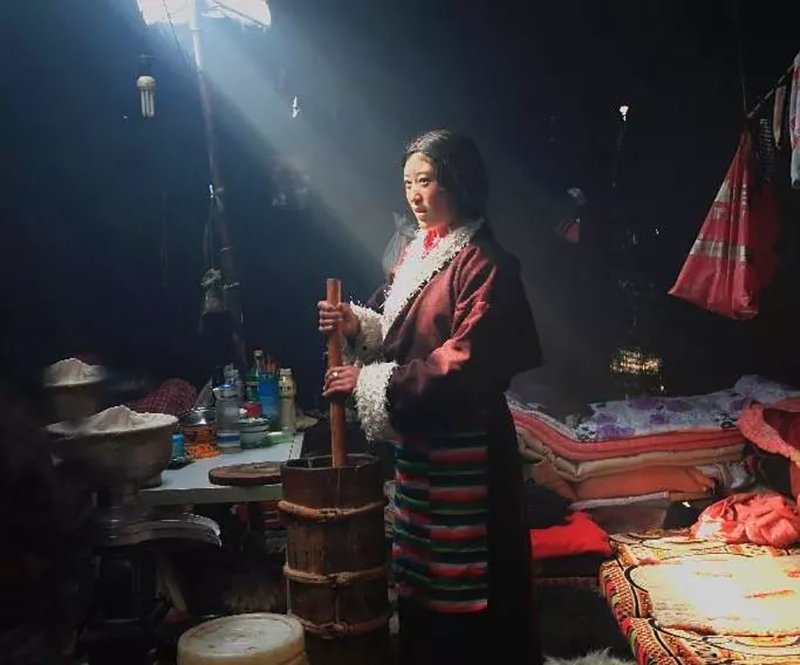
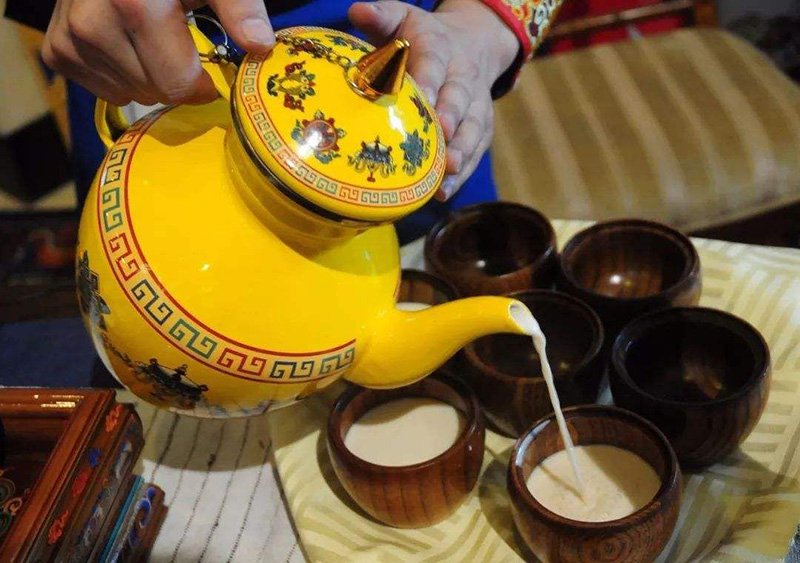
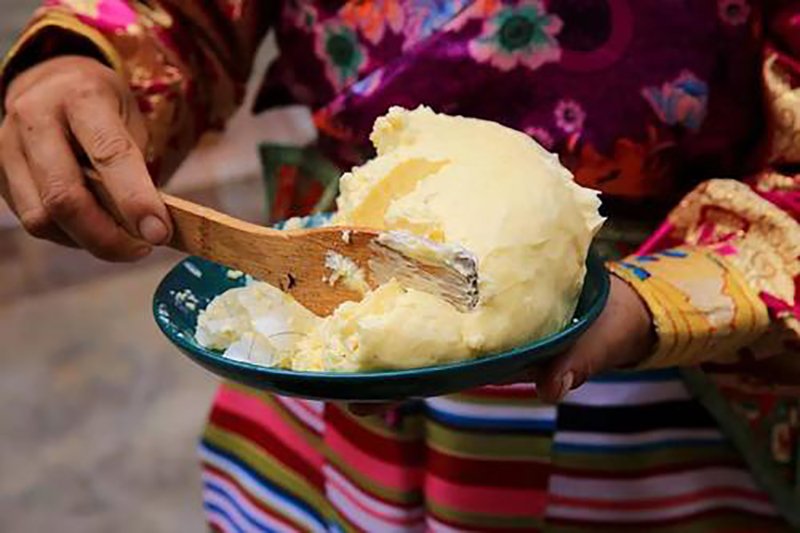
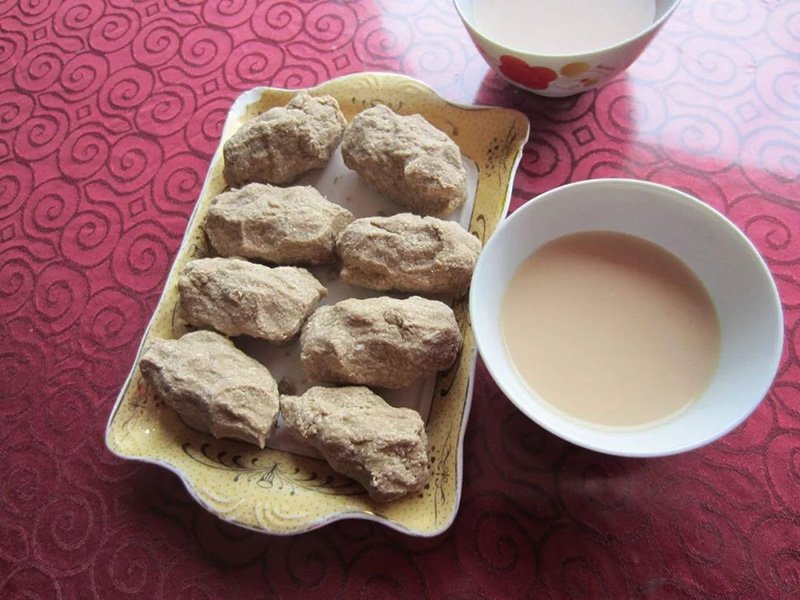
No comments:
Post a Comment